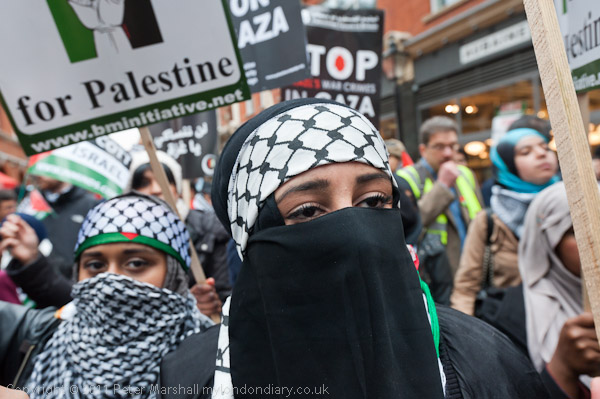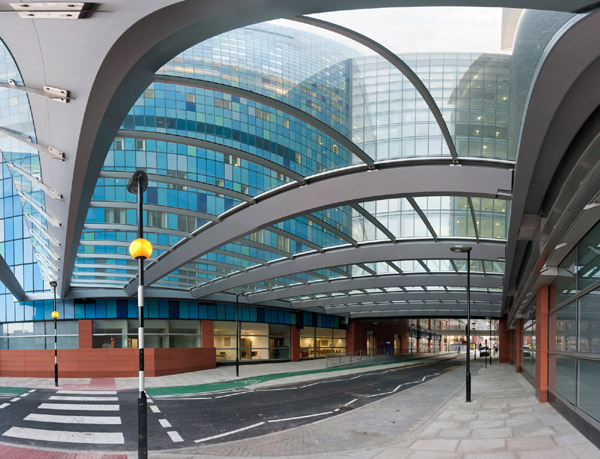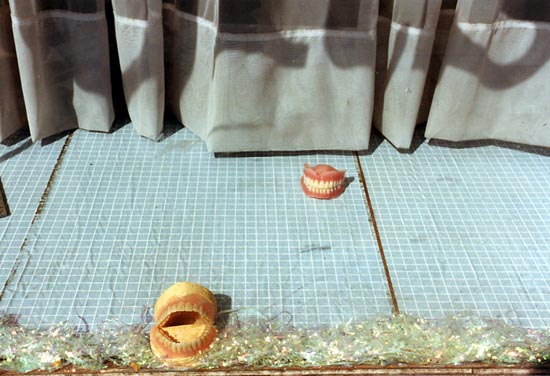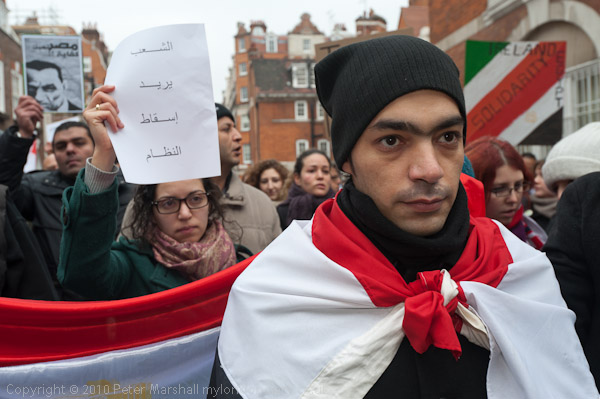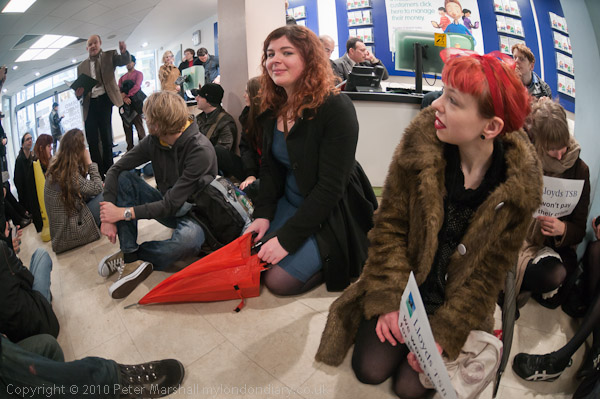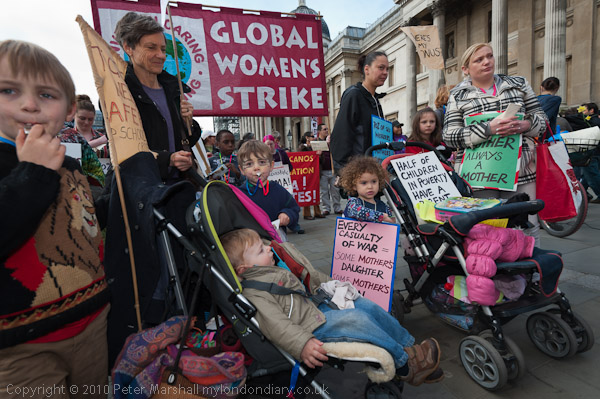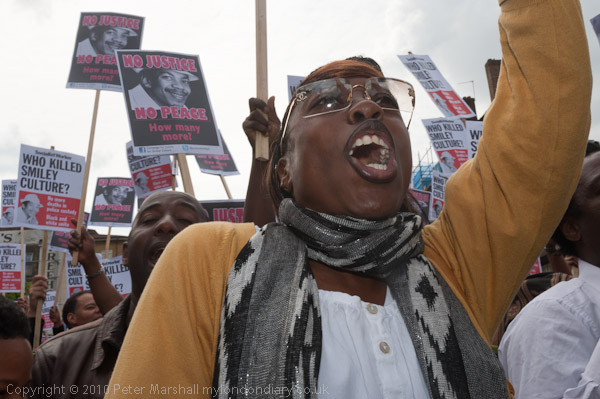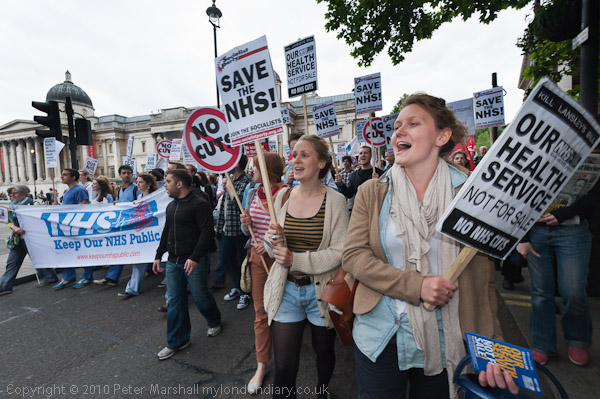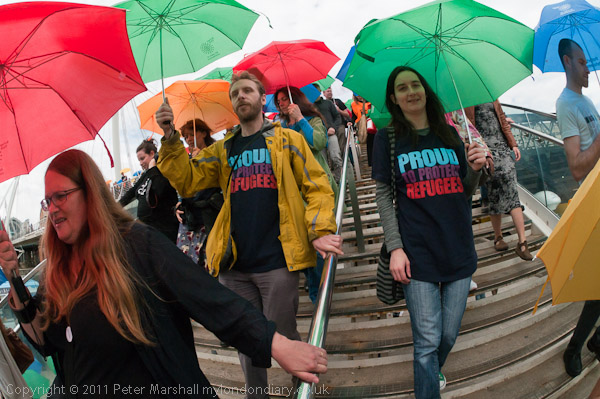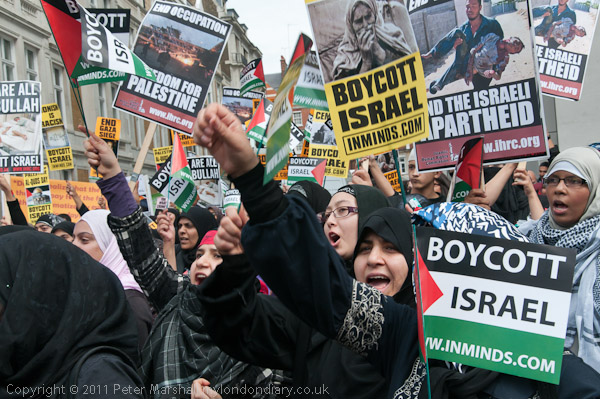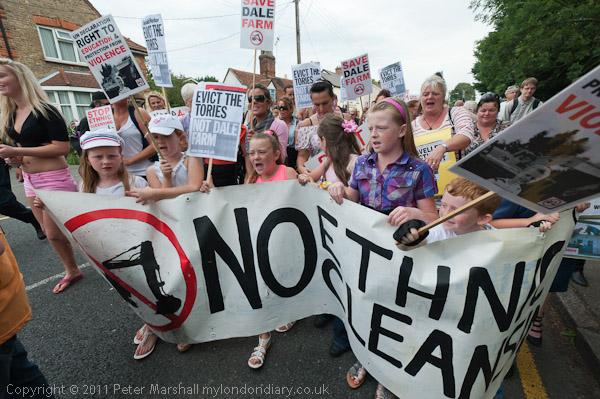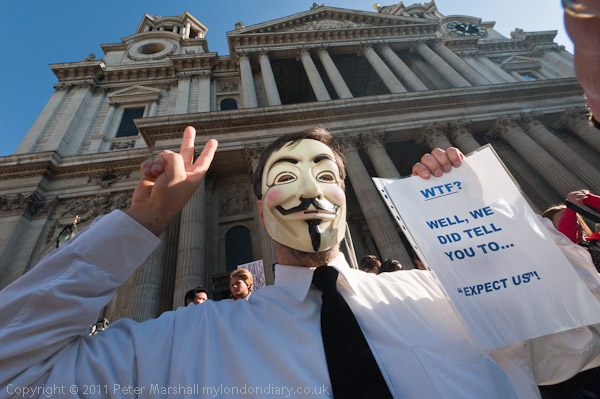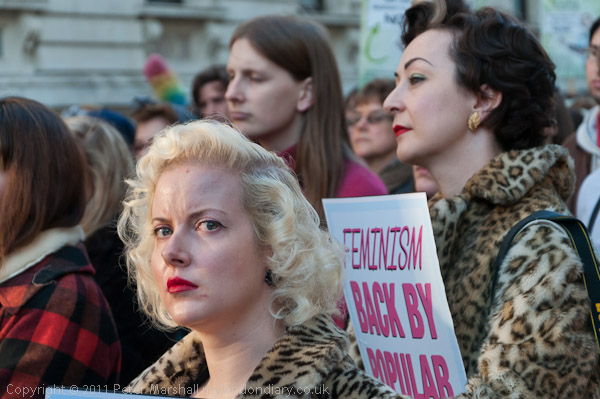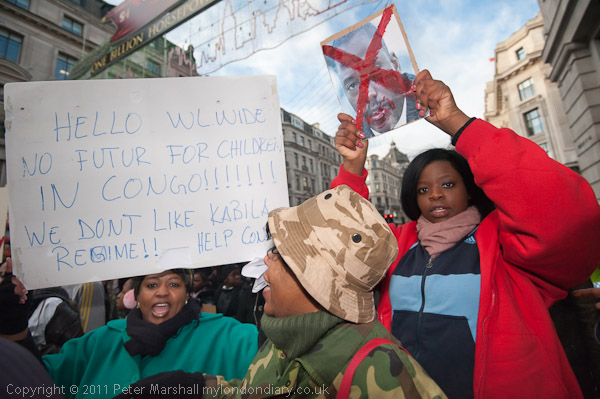Load the BBC World service ‘Newshour‘ for 05/01/2012(2100GMT), click on ‘Listen now‘ to load the player and then drag the slider to 49.07 and you can hear a short piece with Graham Harrison (look at the 10 pictures on Kodachrome 64 pushed one stop) talking about the history and demise of Kodak.
The gist of what Graham says in this short interview is in his blog post ‘Kodaks Last Frame?‘ in which he comments on the likely end to the few remaining Kodak films with the Kodak Corporation being expected to file for Chapter 11 bankruptcy protection some time in the next few days. It’s major assets which it is trying hard to sell, are now a number of patents on digital technologies.
Graham’s conclusion in the programme was that “Kodak was too big, not fast enough to adapt to digital” although I think that its problems go back rather further. Having invented photography for the masses and the great slogan “You press the button, we do the rest“, they retained throughout their history the complacent assumption that they really knew how to do the rest better than anyone else. Photography was after all their baby. *
And, as Graham went on to say, they did produce some great films which gave fabulous looks – particularly Tri-X, Kodachrome and, his own particular favourite, Ektachrome 64. On the blog he writes they “gave photographers a wonderful but limited pallet within which to express themselves” which gave me a very strange image involving fork lift trucks – I’m sure it was down to the spell checker. What he said and meant made more sense, that they had “a limited palette, but within that palette you could be very creative.”
Digital he went on to say is without the limitations of film, but that makes it harder to find ways to be creative with it, and he suggested it hasn’t happened yet.
While I’m very much in agreement with what he says about it being pointless to try and re-create a film look, I’m not sure that I agree with his suggestion that you “have to grasp the new medium and produce something new with it.” To me the great thing about digital is the purity, the naturalness of digital colour, and what really annoys me is when people Photoshop that to absurdity rather than accepting its own neutrality and working with it to make pictures. Colour has become in a way transparent, something we don’t need to worry about in the way we used to with film. It is now after all more or less how we see things. It’s perhaps too why I seldom now feel the urge to work in black and white.
For thirty years I did work mainly in black and white, with colour really being a little extra on the side. In the early years Tri-X was my favourite film, though I also liked the rather smoother look of Ilford’s FP4 and flirted with the almost grain-free detail of slow document films like Kodak Technical Pan, exposed at silly two-figure ISOs and developed in special soups for pictorial contrast. Then along came chromogenic films, introduced by Ilford, which gave low grain and smooth tones at ISO 400 and made that splendid Tri-X grit a special effect rather than a necessity.
Kodak were slow to respond, though eventually they emulated Ilford’s lead. In printing papers too, Kodak had largely exited the specialist market, discontinuing all their specialist materials leaving only rather ordinary products for the mass market; those of us interested in fine prints made them on Agfa paper, with Ilford’s Galerie and Multigrade later providing an alternative.
In colour, Kodachrome was king when I started, but in the mid-80s I jumped ship to the much more neutral colours and wider latitude of Fuji’s colour neg films. It wasn’t just the film, but also the Fuji colour paper, again with its cleaner colours and almost zero colour shift on burning or dodging. Fuji had done its homework on print life too, and produced considerably more permanent prints (as previously had Ilford for printing from transparencies with the very different Cibachrome) than the Kodak papers with their guaranteed fading and browning.
Perhaps it was the efforts that Kodak had to make to catch up with the superior films and papers from other manufacturers – and in the end they more or less did so – that made them take their eye off digital. But I think it was more that they were always essentially a materials company, and with digital the lead went to the camera makers – you didn’t need film any more.
Kodak had got an early start with digital, but really needed to buy in modern camera expertise and that didn’t seem to fit the way the company worked. They ended up making some very good sensors and selling them to people who knew cameras – including Leica, Nikon, Canon, Hasselblad etc. It was a true measure of the company’s desperate state when that successful part of the business was sold to Platinum Equity in November.
There are still people working with film. I’ve got old cameras I still would like to use sometimes – like the Hasselblad Xpan (and its 30mm lens), but somehow I never get round to it. Silverprint still list black and white films from 10 manufacturers, so the loss of one is perhaps not a great problem, but with colour it is now more or less down to Kodak and Fuji. But since Kodachrome ended with Dwayne Steinle processing his pictures of “his house, his family and downtown Parsons” on 29 Dec 2010, Kodak have hardly been a player.
_________________________________________________________
*Perhaps I should declare an interest. Kodak failed to offer me a job when I went to Harrow for an interview in 1966 as a research chemist because they felt I didn’t have a serious interest in photography as I didn’t belong to a camera club.
